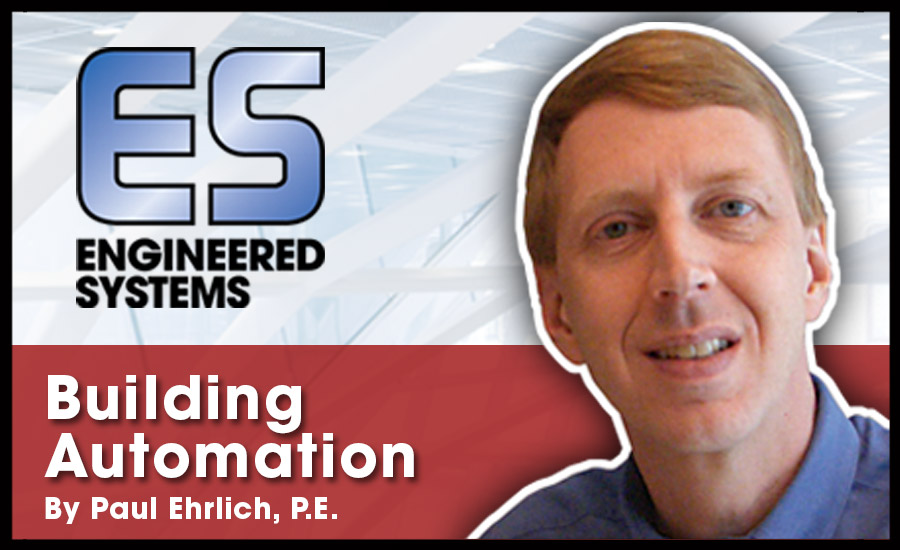At one time, it might have been acceptable to view controls as a “necessary evil” with little attention given to the details of design including sequences and commissioning. To deliver high-performance buildings today requires systems optimization with special detailed attention to controls design and delivery. As state energy codes move to the latest versions of ASHRAE 90.1, even conventional new buildings will need to be high-performance. This moves controls design to being a necessity to help meet required performance.
This month, we are going to look at some of the key optimization strategies that you should consider for both current and upcoming projects. All optimization strategies start with the basics, use the most efficient energy source, don’t heat and cool at the same time, only operate when required, and deliver BTU’s efficiently. Using these principles you can create a series of optimization strategies. Note at not all of these strategies apply to all projects and that they don’t address the other strategies required for safe and efficient equipment operation.
Air side. These are strategies that are applied to airside systems including both applied and unitary air handling equipment and their associated terminal units.
Static pressure reset. The supply fan speed is varied so that it only provides enough air to satisfy the most demanding VAV terminal. This is achieved by controlling the fan to meet a static pressure setpoint, which is reset based on the most extreme box position. This strategy matches both airflow and static pressure to meet the demands of the system.
Supply air reset. Raise the supply air setpoint when the majority of boxes are in their heating mode. This strategy balances out the need for reheating while still holding down fan energy usage.
Demand controlled ventilation. Adjust the People Outdoor Air Rate (Rp) based on building occupancy. This is generally done with the use of CO2 sensing, but other mechanisms for occupant counting can also be used.
Single-zone VAV. Utilize a VFD on a single-zone air handler and modulate the fan speed, along with discharge air temperature, to meet the zones demands.
Occupancy based control. Schedule based on occupancy down to the zone level. This can be done by scheduling groups of VAV terminals or with the use of occupancy sensors. Look for opportunities to coordinate occupancy to also schedule lighting.
Economizer optimization. Whenever possible, utilize outdoor air for cooling. Strategies for economizer changeover can provide more hours of economizer operation reducing the load for mechanical cooling.
Central energy plant. The central energy plant may include chillers, boilers, pumps, and towers.
Chiller and boiler sequencing. Select the most efficient machine(s) to meet the plant load. This requires information about the plant load, machine efficiency, and availability.
Condenser water reset. For water cooled systems, balance energy use between the towers and chillers to minimize overall energy usage by placing as much work as possible onto the cooling towers.
Variable primary flow. Only move as much water as needed to meet the building’s cooling load. The use of variable primary flow is the most efficient option. Proper control requires control of system static. Measurement and control of plant flow is also highly recommended.
Following the basics and developing the required optimization sequences are invaluable for high-performance building operations. To make these viable, though, requires careful design including detailed sequences and points lists. Finally, controls commissioning to verify proper operations is essential!



